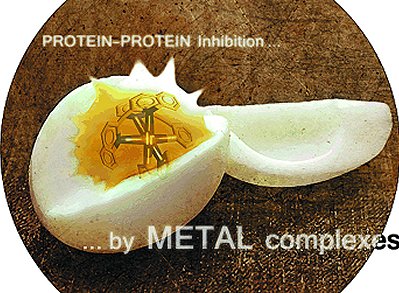How to activate C–H bonds directly and what pertinent tools are available for the synthesis of natural products and pharmaceutical targets is the subject of this issue’s Review by K. Itami et al.: What are the conditions for the direct coupling between carbon atoms, or between carbon and heteroatoms? A. Studer et al. discuss the renaissance in radical trifluoromethylation in a Minireview. The Highlights deal with the catalytic enantioselective synthesis of secondary alkylboronates (J. A. Bull) and gold in total synthesis (W. E. Brenzovich Jr.). Gold catalysis is an example of so-called “black swan” events in organic synthesis, which W. A. Nugent examines in an Essay.
In the Communications section, D.-L. Ma et al. describe an iridium complex that targets the protein–protein interface of a tumor necrosis factor and inhibits it (see picture). H. Schnöckel et al. report on their hunt for magnesium(I) species during the formation of Grignard compounds. T. Swager et al. found an air-stable organic polymer semiconductor, which is soluble in perfluorinated solvents and suitable for the fabrication of transistors. T.-P. Loh et al. show how aldehydes can be α-aminated by using in situ generated hypoiodite as a catalyst.

